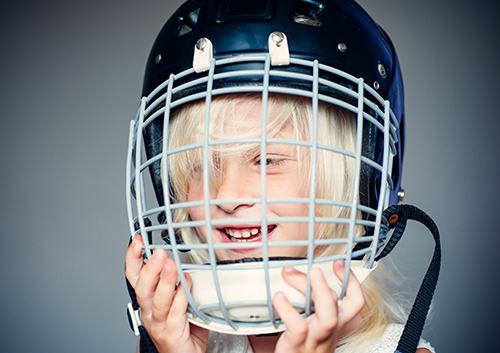In-Ovation® Vs. Traditional Braces
April 14th, 2021

At our office, we say it's never too late to improve the beauty of your smile. We suggest to patients of all ages that braces can lead the way to a healthier, happier smile. Orthodontic technology has made many advancements over the past decade. Today, we compare In-Ovation braces to traditional braces to help you decide which is best for your smile needs.
Choosing In-Ovation or Traditional Braces
There are many significant differences between these two styles of braces that often make one more attractive than the other to patients. Overall, the In-Ovation treatment process is far shorter from start to finish than the traditional braces approach.
The In-Ovation treatment process has been gaining vast popularity among patients because it offers superior comfort over traditional braces. Unlike the traditional approach that can be painful and cause continued friction and irritation, In-Ovation braces operate on what is called a self-ligating system. This free-sliding system straightens teeth with gentle, low pressure.
Traditional braces exert their teeth-aligning effects with pressure. They are cemented to teeth, connected by rubber bands, and require much more of a time commitment than newer technology. For some, traditional braces are a more affordable approach and time is not a concern. It's also important to understand that a balanced diet is more important than ever when choosing any type of braces, but especially with traditional braces because of their size. Sugary foods can cause plaque to buildup on the tooth and should be kept minimal.
In-Ovation braces have been reported to shift teeth in a way that causes less irritation. Patients opt for this style because of its overall lower need for maintenance. You will spend far less time visiting our Chicago if you choose In-Ovation braces over traditional braces.
With fewer components and no elastic bands, there is less of a chance of food debris being left behind with In-Ovation braces. They are easier to clean and when a balanced diet is followed, and much less of a plaque buildup. In-Ovation even offers clear brackets for improved aesthetics.
Still have questions about which braces system is right for you or your child? We encourage you to ask Dr. Iwei Huang at your next appointment. We look forward to seeing you soon!



